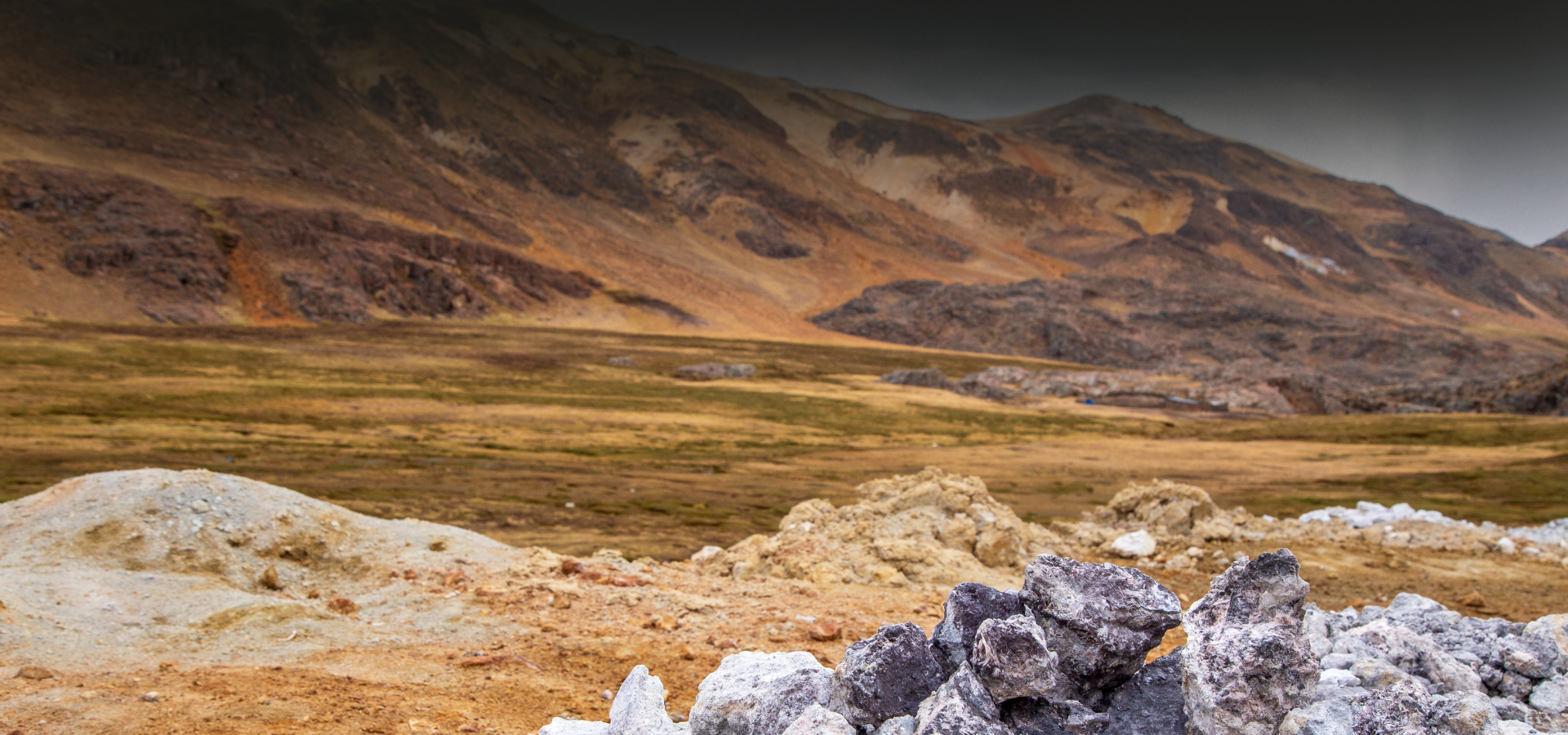The Life Cycle of a Silver Mine
Have you ever wondered how a mineral discovery becomes a producing mine? You’re not alone. When doing market research as an investor, it’s essential to know the lifecycle of a mine, particularly if you’re investing in precious metals such as gold, silver, platinum and palladium. Each step in the lifecycle of a mine may take years, and these different processes all involve different factors to consider when investing. While the early stages in the lifecycle of a silver mine can be rocky (no pun intended), mining companies can be a substantial investment for those who do their due diligence and ask the right questions.
In this guide, we’ll walk you through the stages of the lifecycle of a mine. We’ll discuss five main steps — prospecting and exploration, assessment and approval, construction, production, closure and reclamation — along the way.

Prospecting and exploration for silver
Prospecting and exploration are the first step in the lifecycle of a mine and are key precursors to mining and development. Mining companies typically hire a geologist to understand the characteristics of the land and identify mineral deposits. A mining geologist is responsible for mapping out the locations of valuable minerals and will use aerial photographs, field maps, and geophysical surveys to determine where valuable materials are and estimate how much of those materials are in that location.
Those that explore, locate and evaluate potential deposits of precious metals, industrial minerals, gemstones, pigments, construction materials or other minable commodities. At the end of the exploration stage, miners can draw up a preliminary outline of the potential size of the deposits found using 2D or 3D models of the geological ore. What’s known as an orebody model can then serve as the geological basis of all resource estimation and starts with a review of existing drill holes and surface or underground sample data, as well as maps and plans with current geological interpretation.
Assessment and approval
Once the first stage is complete, the next step is the assessment and approval process. Mining companies typically only build mines if they are sure they’ve located a valuable deposit to justify the investment required to bring it into production. They also assess the costs they will need to cover related to mine design, construction, and operational expenses. Mine closure and reclamation expenses are also factors to consider.
Using technical studies that determine the project’s economic viability, mining companies use technical studies, including preliminary economic assessments, pre-feasibility, and feasibility studies. In general, it takes a few years for a company to obtain this data; it also must secure various permits and licences to pursue development.
Construction of a silver mine
Once the plan receives confirmation, the construction phase is next. Construction is the longest stage of the process, and development can take anywhere from 10 to 20 years before the mine is ready for production, depending on the site size. The preliminary and technical reports completed during the first two stages serve as tools to provide mining companies with the data they need to make strategic — and environmental — decisions related to the mine.
The construction process occurs after completing thorough research, permitting, and approvals. Building a mine site can enhance roads, mining processing facilities, environmental management systems, employee housing and other facilities.
Production
Once the construction phase is finished, production can begin — the fourth step in the process. Mine production involves the extraction of ore, separation of minerals, waste disposal, and shipment of the product(s). While the lifespan of this stage can be short-lived, it can also last decades, depending on the precious metal or strength of the marketplace. For instance, silver production is likely to last generations due to the gold-silver ratio and demand in the renewable energy sector, jewelry, tableware and more.
The most common methods of mining are surface and underground mining. Based on the characteristics of the mine and readings from preliminary studies, mining companies will determine the best way of extraction while considering economics, safety, technology and environmental factors. There are three stages of mining production: processing, recovering minerals and smelting.
Reclamation
Once the mine’s resources are exhausted, the process of closing the mine safely and environmentally begins. Closing the mine includes dismantling all operations and facilities on the property so the reclamation process can begin. The purpose of the reclamation process is to return the land to its original state. Depending on the size of the site, reclamation can take anywhere from one to 10 years. Additionally, the focus is to have once again the land host ecosystems that can provide a healthy environment for fish, humans and wildlife.
Bottom Line
Now that you understand the lifecycle of a mine, you’re that much closer to deciding how you want to invest in mining stocks. Knowledge is power, and investing in precious metals requires a circular view of the markets, mining and the companies that produce results.
Sources:
https://investingnews.com/daily/resource-investing/lifecycle-of-a-mine/
https://www.cruxinvestor.com/articles/the-stages-of-mining
